![]() The Pentacon F camera was produced by the East German company VEB Pentacon Zeiss Ikon between September 1956 and June 1961 in Dresden. I lived in Dresden for two years in the 2000s, right next to the former factory premises. The tower of the factory site is characteristic and is represented by a logo on the front of this beautiful and classically designed camera. In combination with the Agfa APX 100 film, the pictures have a very nice vintage look.
The Pentacon F camera was produced by the East German company VEB Pentacon Zeiss Ikon between September 1956 and June 1961 in Dresden. I lived in Dresden for two years in the 2000s, right next to the former factory premises. The tower of the factory site is characteristic and is represented by a logo on the front of this beautiful and classically designed camera. In combination with the Agfa APX 100 film, the pictures have a very nice vintage look.
Last summer, I visited Dresden again after a long absence. This city has undergone tremendous development in the last 20 years, and I think it’s one of the most beautiful cities in Germany. While strolling through the old town, I discovered a camera shop specializing in East German cameras. In the shop window was a Pentacon F, which immediately fascinated me with its classic design, metal surfaces, and beautiful knurled knobs. In my eyes, this is representative of the German engineering design that also distinguishes brands like Leica and Braun. I had to buy this beautiful piece of design. The camera is the predecessor of all later Praktica SLR cameras. Handling the Pentacon F takes a little getting used to these days, but it is doable. The oscillating mirror swings up automatically before the picture is taken, but then remains in this upper position, so the uncocked camera, which is not ready to shoot, does not show a viewfinder image. Only when the large knurled wheel is turned to advance the film does the mirror slowly move down again, and the viewfinder becomes bright again.
Exposure metering has to be done away from the camera; the camera does not have any exposure metering or additional electronics. It contains only pure, robust precision mechanics. Focusing is done on the undivided focusing screen (matte screen); there are no microprisms or Fresnel lenses, nor is there a split-image rangefinder. Closing the aperture to the preselected value before taking a picture has to be done manually. For this purpose, there is a ribbed quick-release ring on the standard lens, which, however, develops increasing breakaway torque with age, so that at some point, the lens is removed from the camera rather than the aperture being closed.
The Tessar 2.8/50 lens from Carl Zeiss Jena (available as an accessory) had a built-in spring diaphragm. You could set the aperture manually and then turn it up on the ring. The aperture then remained open. When the shutter button was pressed, the aperture would jump back to the preset value. I used the Agfa APX 100 film, with my garden serving as the subject.
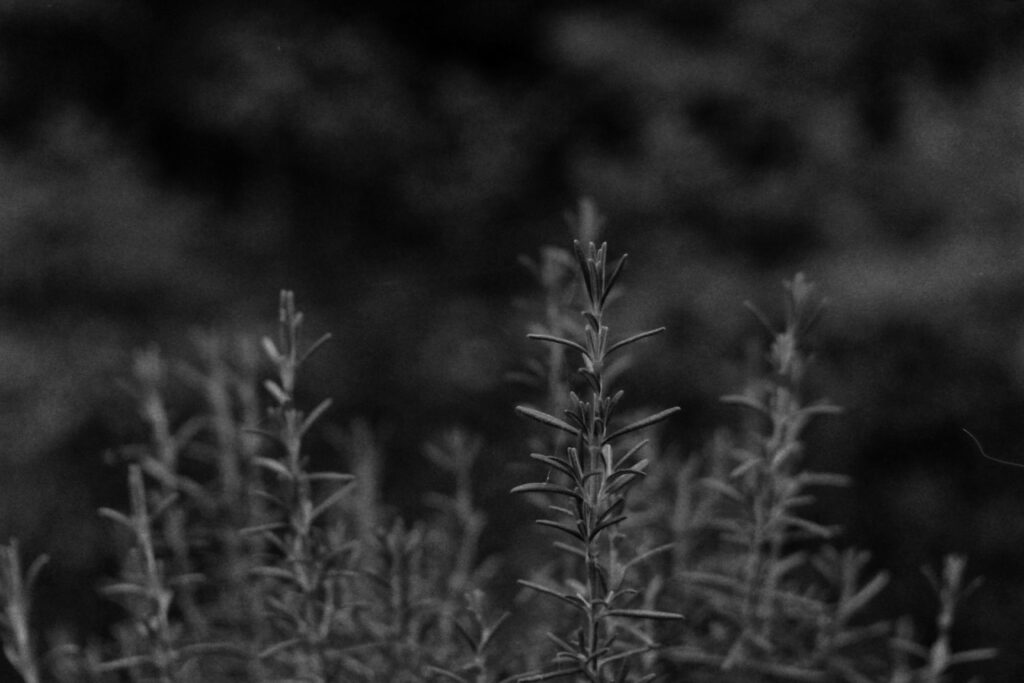
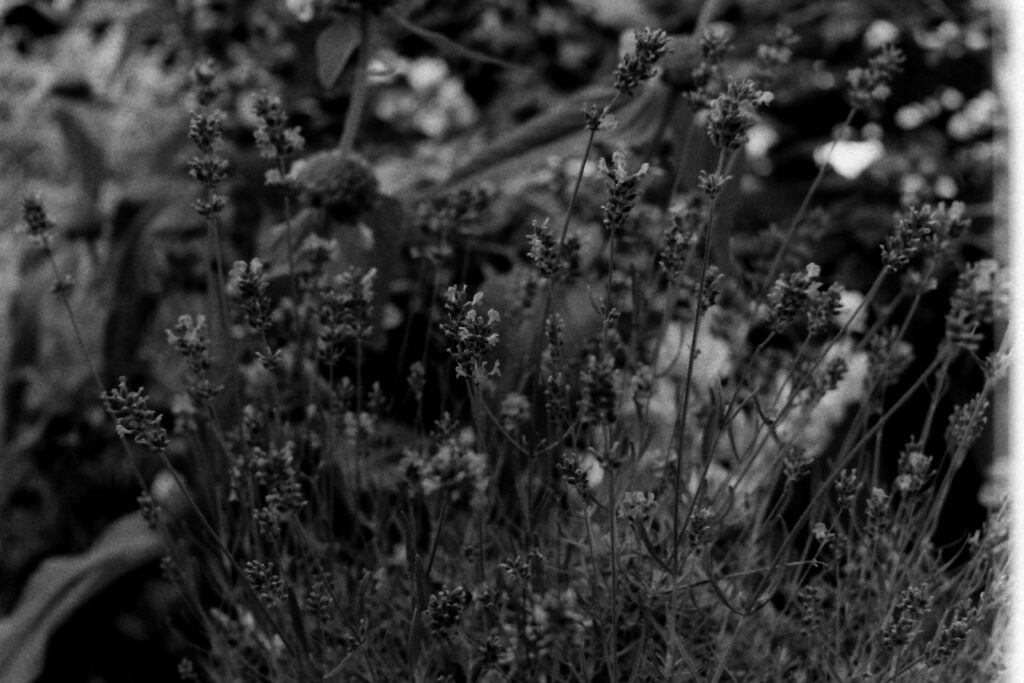
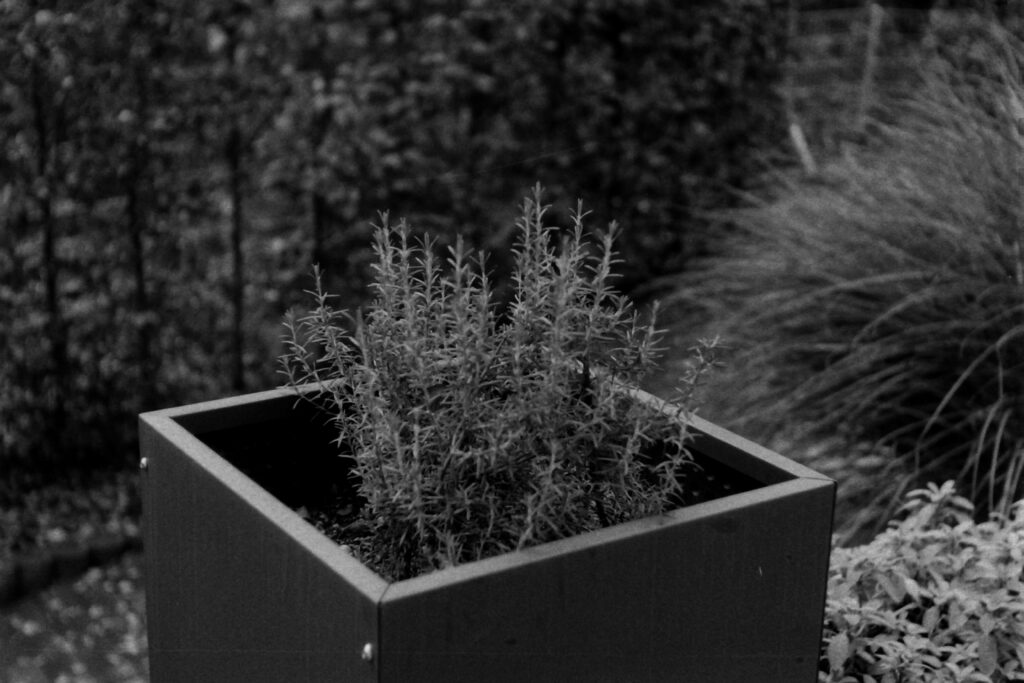
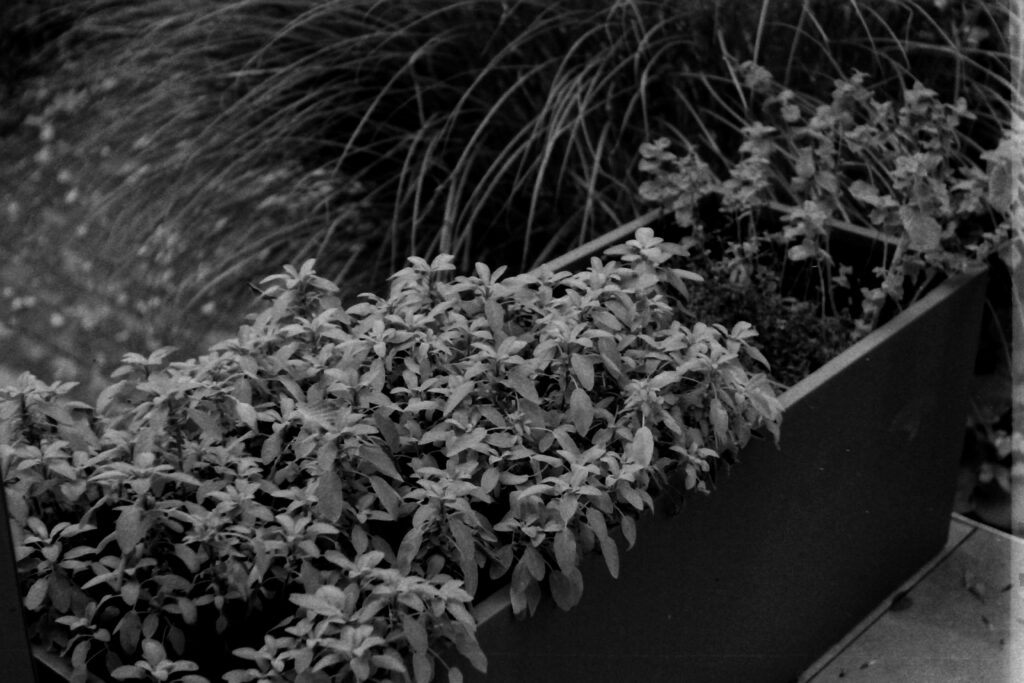
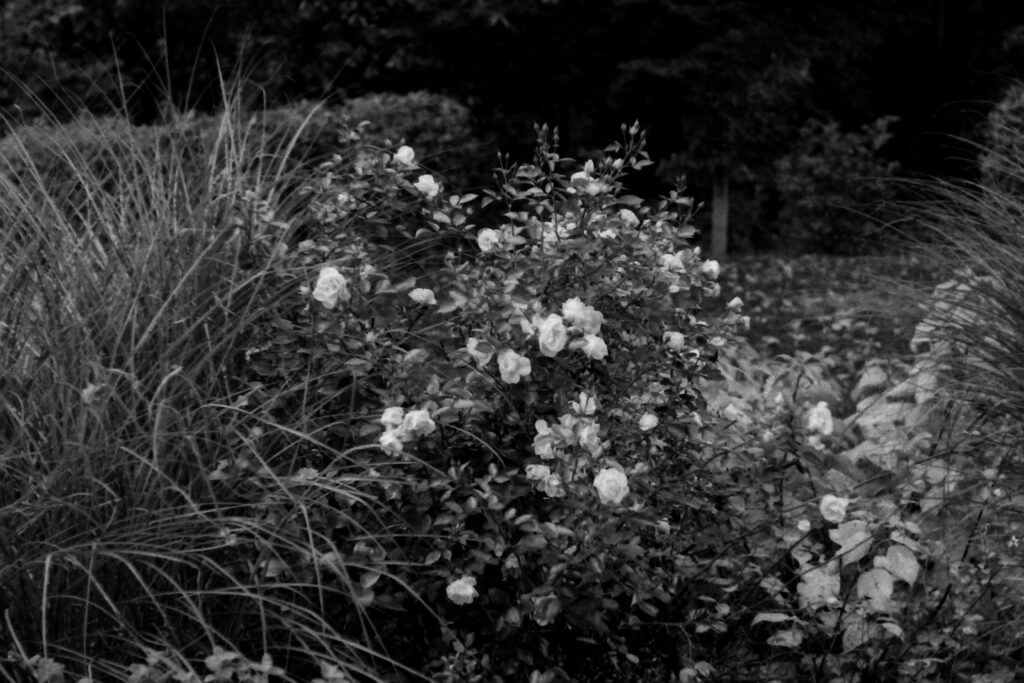
The Agfa APX 100 is a classic black-and-white film known for its fine grain and excellent sharpness, making it ideal for detailed photography. It offers a wide tonal range, providing smooth transitions between shadows and highlights, which enhances the vintage feel of images. The film’s ISO 100 speed allows for high-quality, low-grain images in well-lit conditions, making it perfect for outdoor photography.
Share this post:
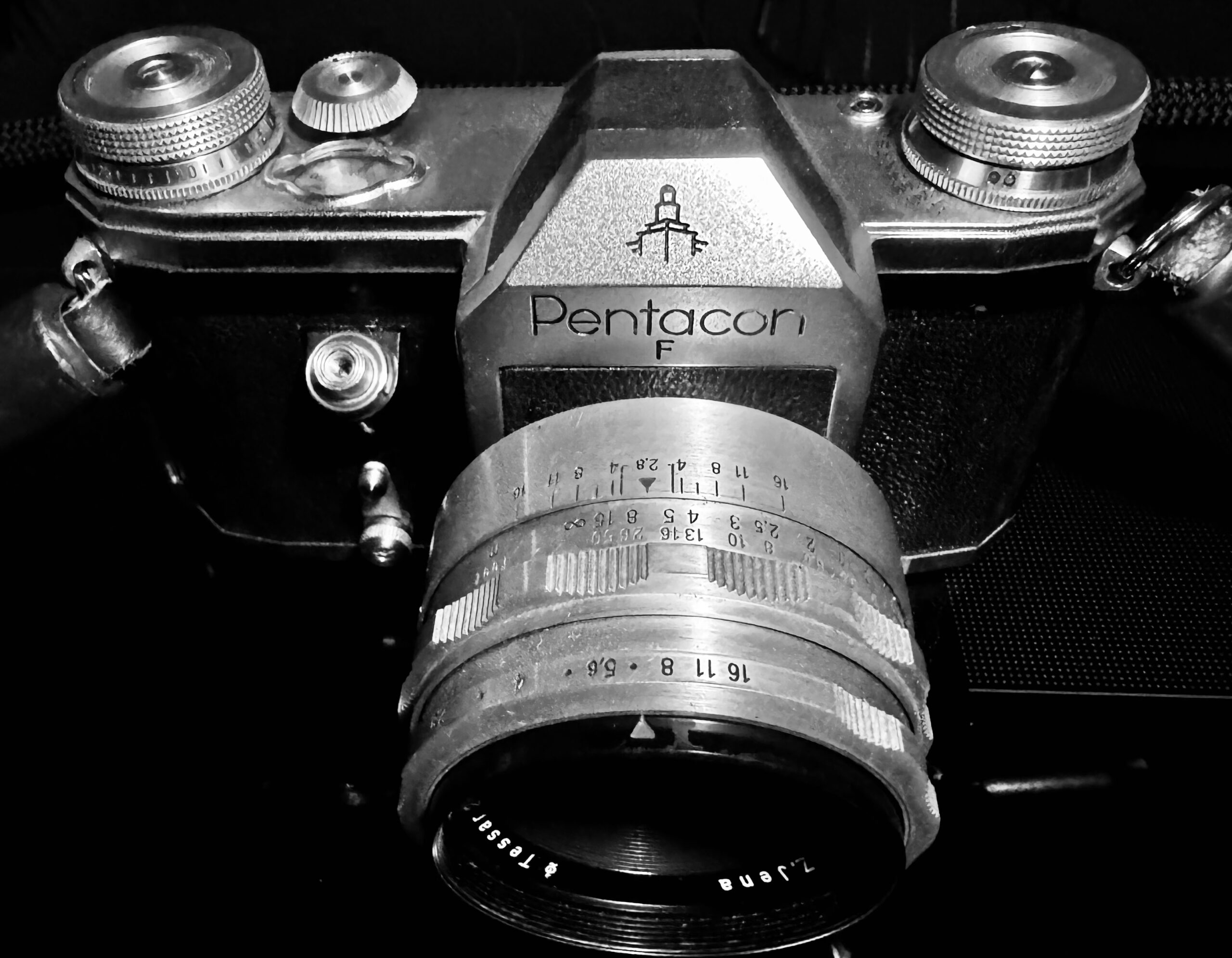
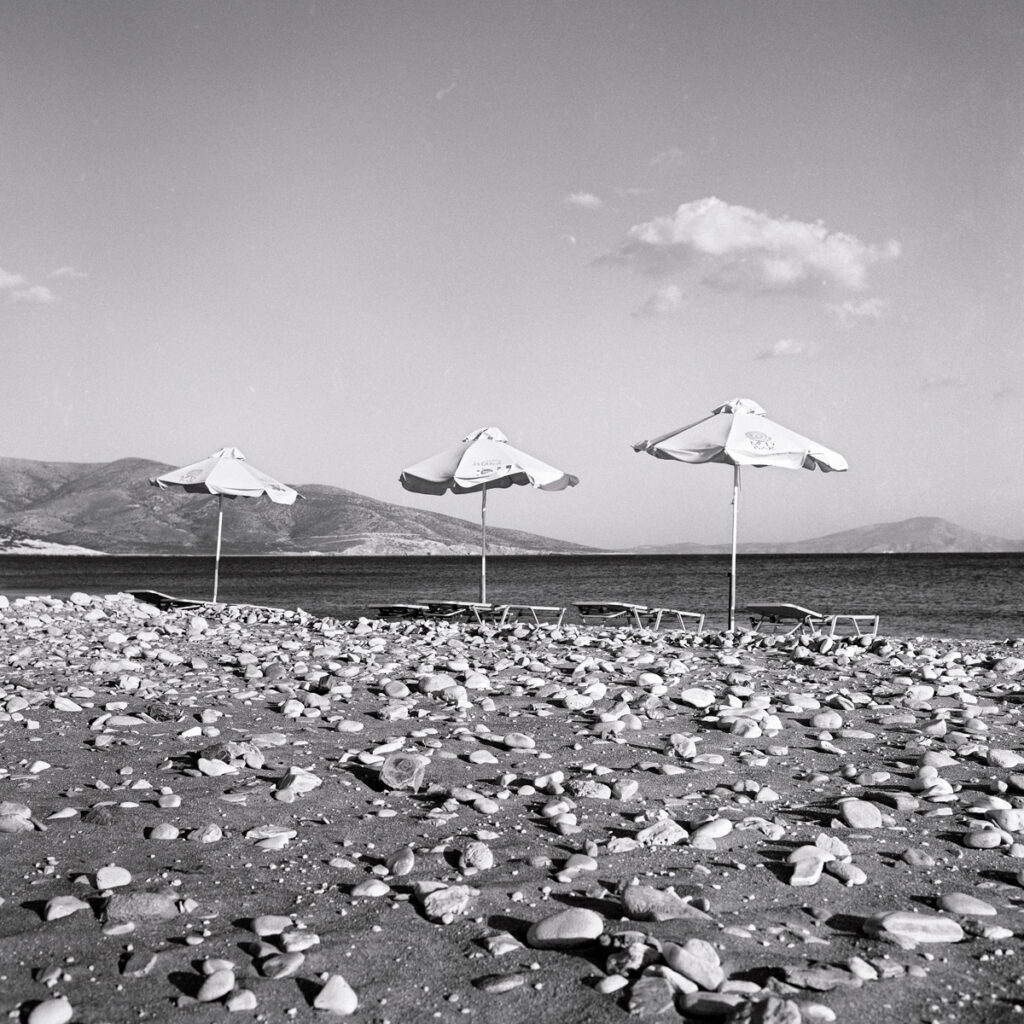


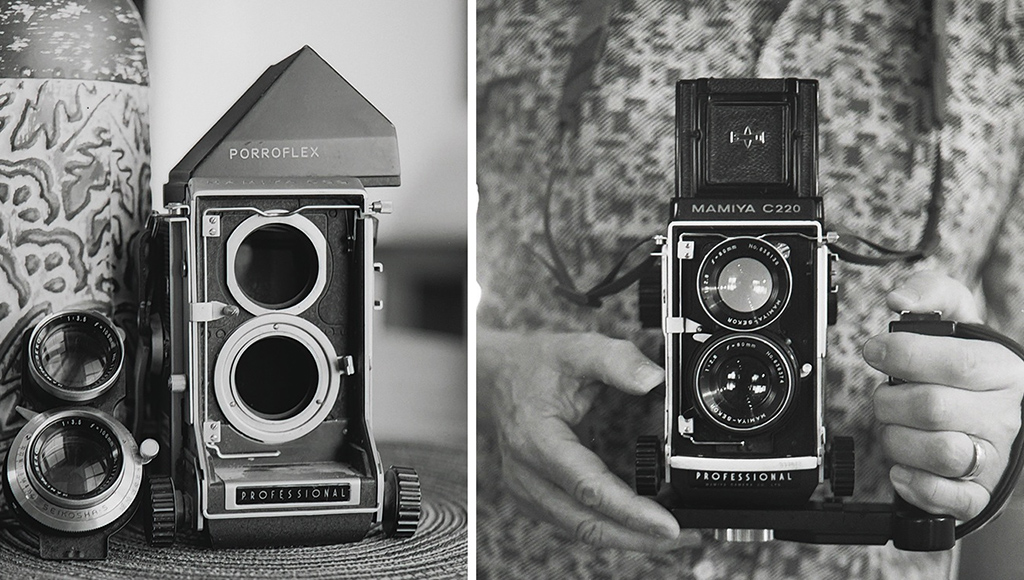




Comments
Harry Machold on 5 Frames with Pentacon F and Agfa APX 100
Comment posted: 27/09/2024
remain to be a surgeon and have photography as your passion on the side, it is more fun.
Those Pentacon/Contax thread mount cameras are a joy to use and offer a huge variety of screw mount lenses from all over the world.
Focussing on this undisturbed matte screen is for me real SLR photography.
And cocking the shutter with those knurled wheels is something of a (slowing) cult...
Thank you for this article and the pictures.
And at the end, would you provide us with the name of this camera store in Dresden for East German camera´s?
That would be very kind of you.
Best regards fro Rust am See in Austria
Harry Machold
Comment posted: 27/09/2024
JC on 5 Frames with Pentacon F and Agfa APX 100
Comment posted: 27/09/2024
How did you meter the light ?
Regards, Jens
Comment posted: 27/09/2024